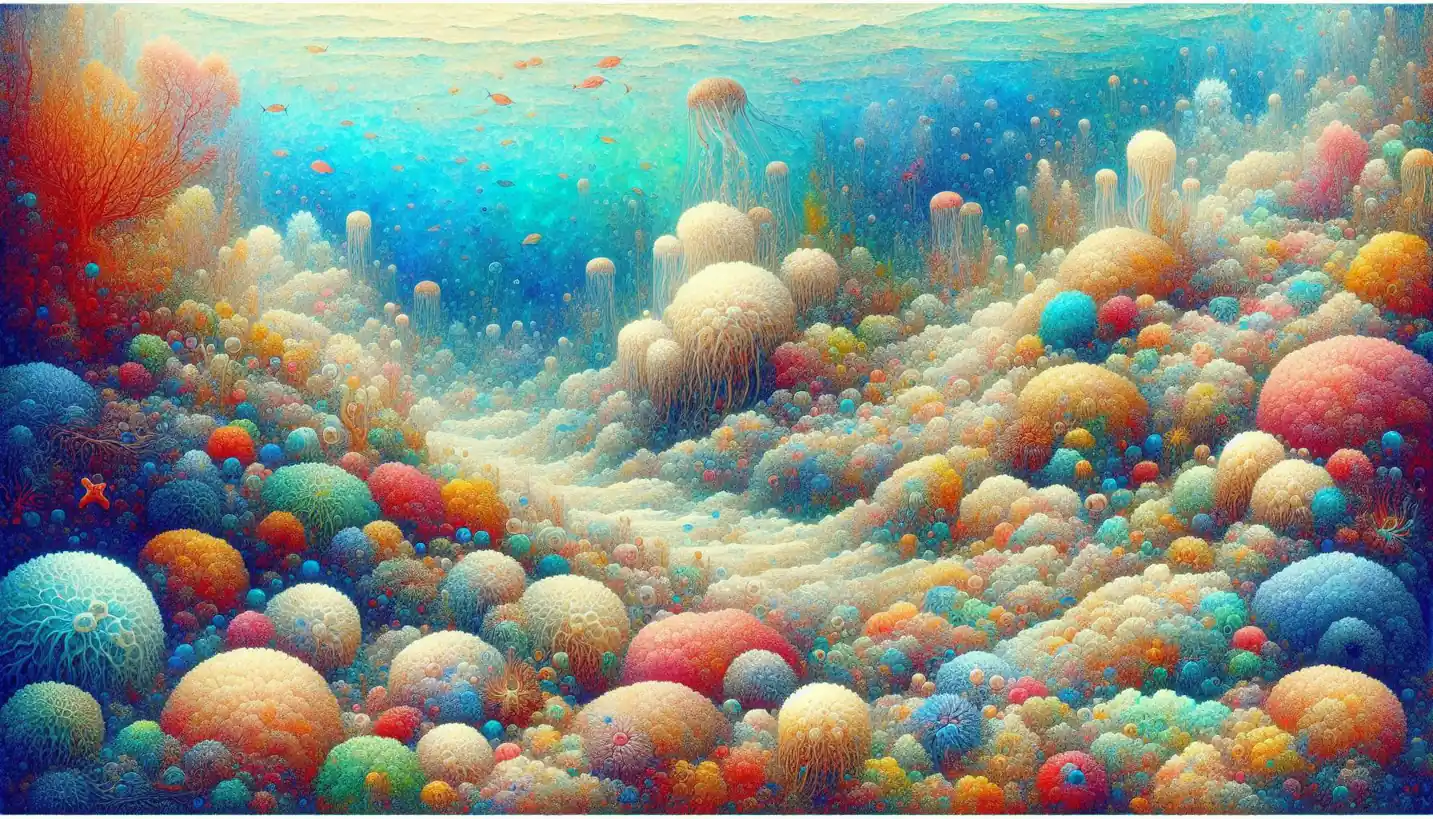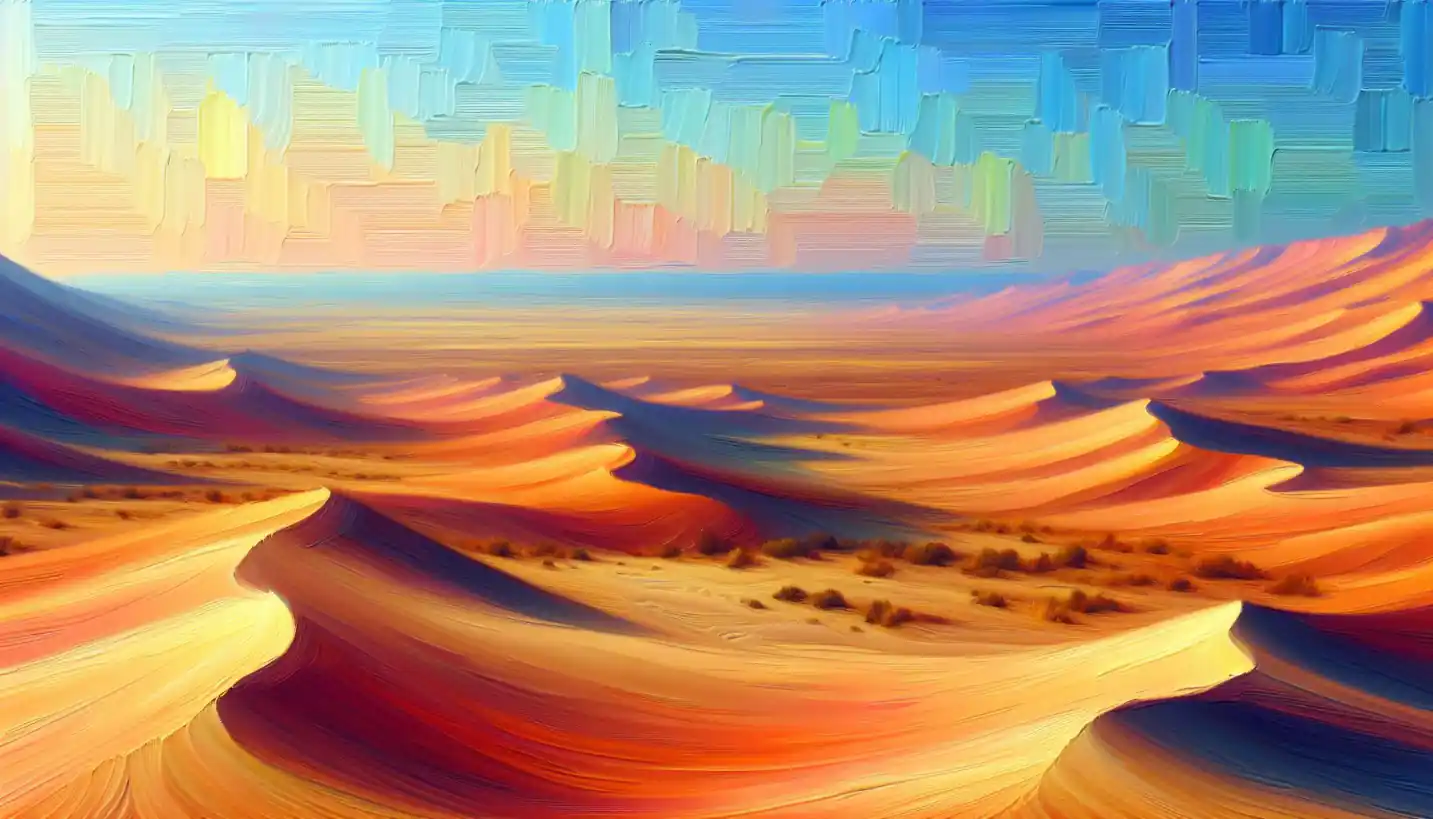· Earth Science · 5 min read
Weathering: Nature's Sculptor Shaping Our World
Dive into the world of weathering, where rocks break down slowly over time, creating unique landforms. This unseen yet constant force shapes the environment around us.

Weathering is one of those behind-the-scenes wonders that play a huge role in transforming our planet, yet it’s something we might not notice every day. It’s a natural process that gradually breaks down rocks and minerals at Earth’s surface, and believe it or not, it’s happening all around us right now!
Understanding Weathering
Before we dive deeper, let’s break down what weathering actually means. Imagine the grand mountains and cliffs; over time, they change, slowly worn away by different forces. This is weathering in action! Essentially, it’s nature’s way of sculpting the Earth’s surface, little by little.
Weathering comes in two main flavors: physical and chemical. Physical weathering, or mechanical weathering, tackles rocks by breaking them apart without changing their chemical composition. Think of it as taking a cookie and crumbling it into smaller pieces. Things like temperature changes, water, wind, and pressure cause this type of weathering. For example, water can seep into cracks in a rock, freeze, and then expand, causing the rock to break apart – a process known as frost wedging.
On the flip side, chemical weathering involves changing the rock’s actual chemistry. It’s like adding water to powder lemonade and getting something entirely different! Water (especially when it’s slightly acidic), oxygen, and other chemicals interact with the minerals, transforming them into new substances. A common participant in this story is rainwater; as it picks up carbon dioxide from the air, it becomes slightly acidic and reacts with minerals in the rocks, slowly dissolving them away.
Why Does Weathering Matter?
You might be wondering why this gradual rock-breaking process is important. Well, weathering plays a critical role in creating soil. Soil is the foundation of life on Earth, supporting plant growth and providing nutrients. Without weathering, we’d lack the fertile soils that agriculture depends on.
Weathering also creates unique landscapes. Places like the Grand Canyon owe much of their appearance to millions of years of weathering and erosion acting hand in hand. Plus, weathering helps shape ecosystems, influencing where plants and animals can live based on the soil and rock types present.
The Three Sisters: Weathering, Erosion, and Deposition
Weathering is just the first chapter in a trio of processes. After rocks are broken down, erosion takes over. Erosion is like the cleanup crew, carrying away the pieces that weathering creates. Whether by wind, water, or ice, these fragments are transported and eventually deposited elsewhere. This is how majestic sedimentary rock formations and even entire landscapes are crafted over time.
Weathering in Action: From Ice to Desert
Different environments provide distinct settings for weathering to work its magic. In polar and alpine regions, freezing and thawing cycles can break rocks apart with impressive power. Imagine glaciers grinding away at the bedrock, leaving behind polished surfaces and debris fields.
Flip the coin, and in arid desert landscapes, the lack of moisture creates ideal conditions for physical weathering by wind. Sandblasting rocks with tiny particles, winds gradually shape rocks into stunning formations and arches, such as the ones found in Utah’s Arches National Park.
Urban and Human Influence
Humans often think of natural processes as occurring far away from city life, but weathering doesn’t discriminate. Urban areas experience their fair share of weathering too. Acid rain, a results of air pollution, accelerates chemical weathering, especially on buildings and statues made from limestone or marble. Over time, these structures can show signs of wear and tear, making them look aged beyond their years.
The Future of Weathering
Looking to the future, understanding weathering is crucial as we adapt to changing climates. Climate alterations can shift weathering patterns, affecting everything from mountain ranges to rivers and coastlines. Scientists are eager to learn more about these dynamics, piecing together how ecosystems and landforms might evolve.
Furthermore, the principles of weathering are invaluable for various fields, including agriculture, construction, and even archeology. Knowing how materials break down can guide scientists and engineers in preserving historical sites and building sustainable structures that resist nature’s relentless sculpting efforts.
A Closer Look at Chemical Reactions
It’s fascinating how chemistry plays a role in weathering. Think of oxidation, the same process that causes iron to rust. It can also affect rocks, leading to a change in minerals that makes them more susceptible to breaking down. This process is common in minerals that contain iron. Hydration, where minerals absorb water and change, can also alter rock composition.
Not to forget, hydrolysis, where water reacts with minerals like feldspar to produce clay minerals, encompasses a key part of this transformation. Each droplet of water can carry out tiny chemical reactions that, over time, wear down the mightiest of stone.
Engaging Our Curiosity
Questions arise as we delve deeper into this transformation of stone and soil. How will changing climates impact weathering rates? What new landforms might appear or disappear as a result? And importantly, how can our growing understanding of weathering contribute to sustainable development and environmental conservation?
Weathering, as unspectacular as it might seem day-to-day, holds the power to reshape our world. From high mountain peaks to expansive plains, it’s got us covered—literally. As we unearth its secrets and learn its lessons, we come closer to grasping the immense and slow-moving forces that sculpt our planet over millennia.
In the grand scheme of things, weathering is a gentle giant, quietly at work, whether we’re watching or not. So next time you’re admiring a rock formation or even just a pebble underfoot, consider the incredible journey it’s been on—one that continues with every passing breeze and drop of rain.



